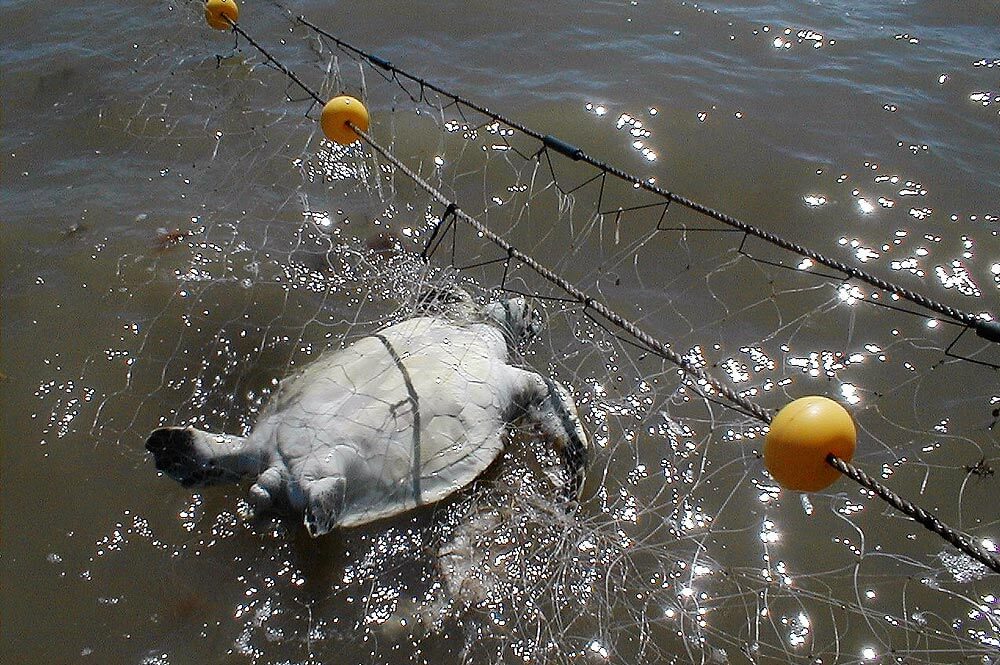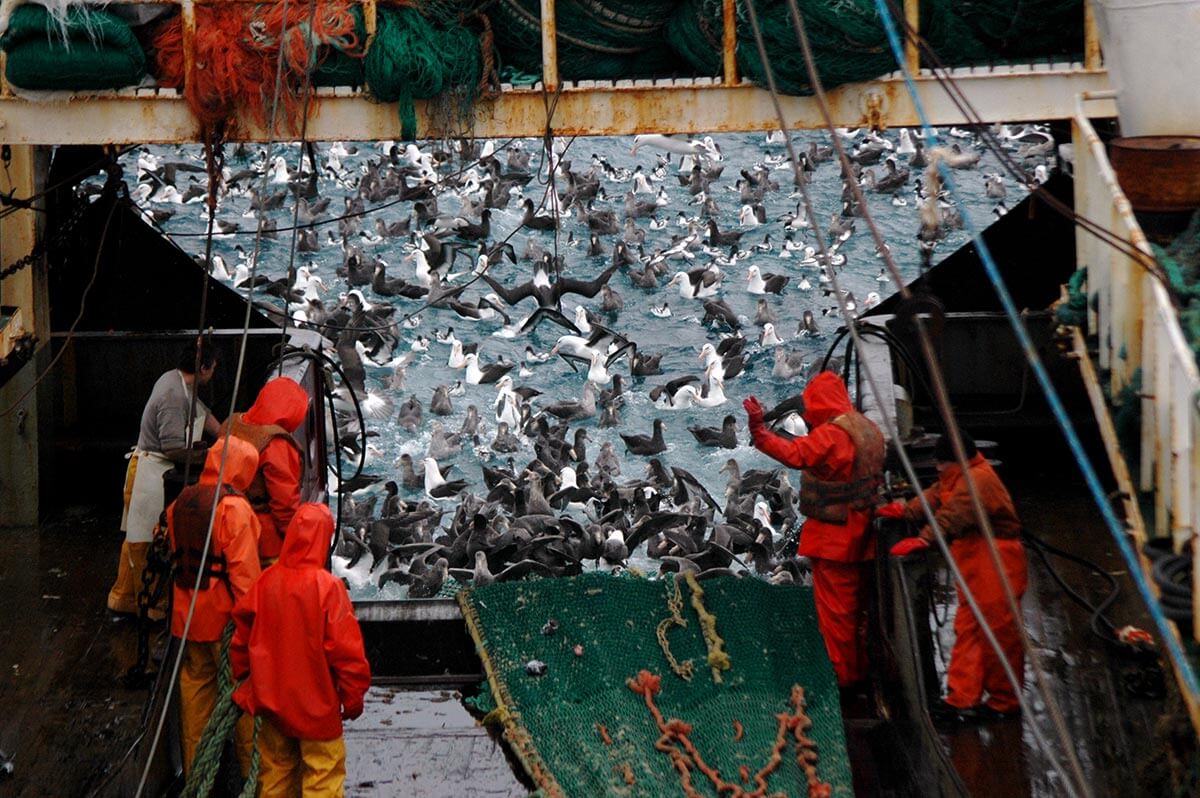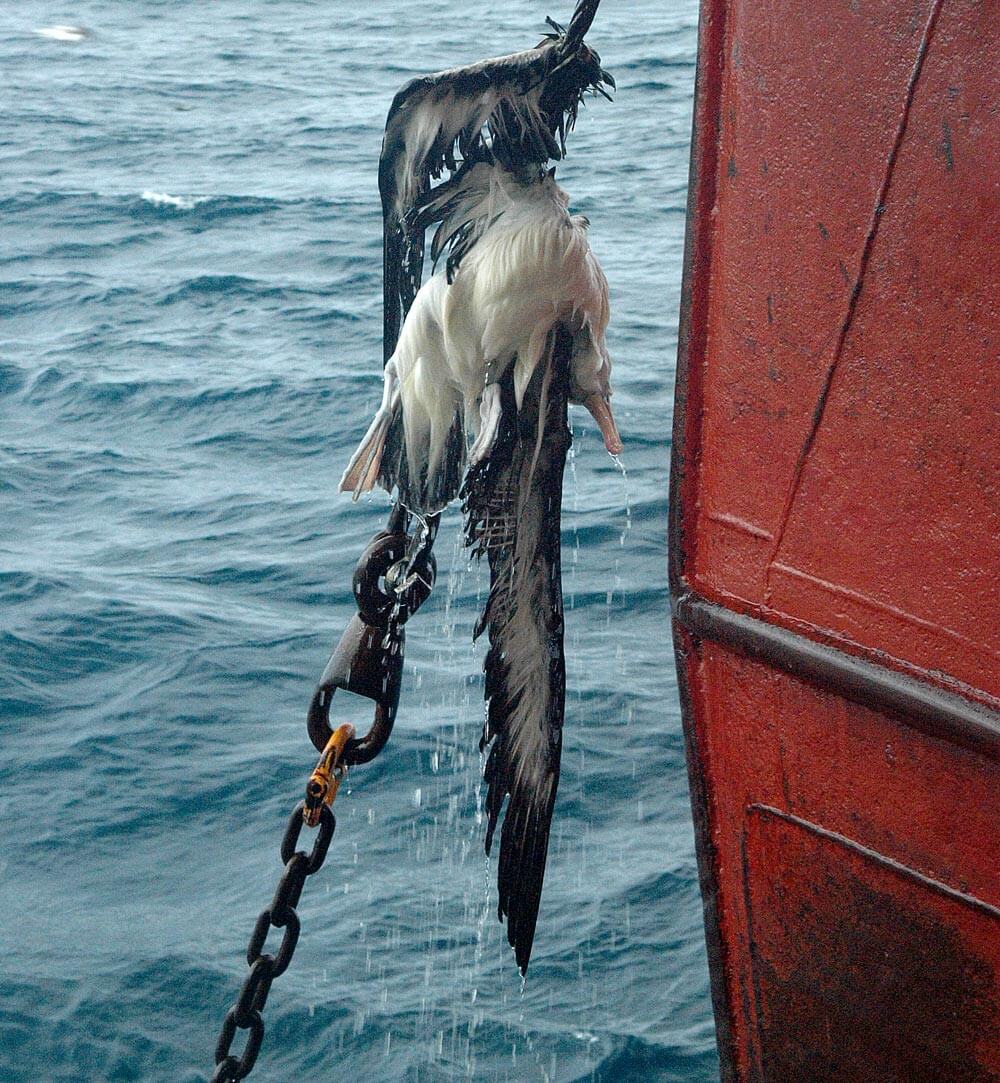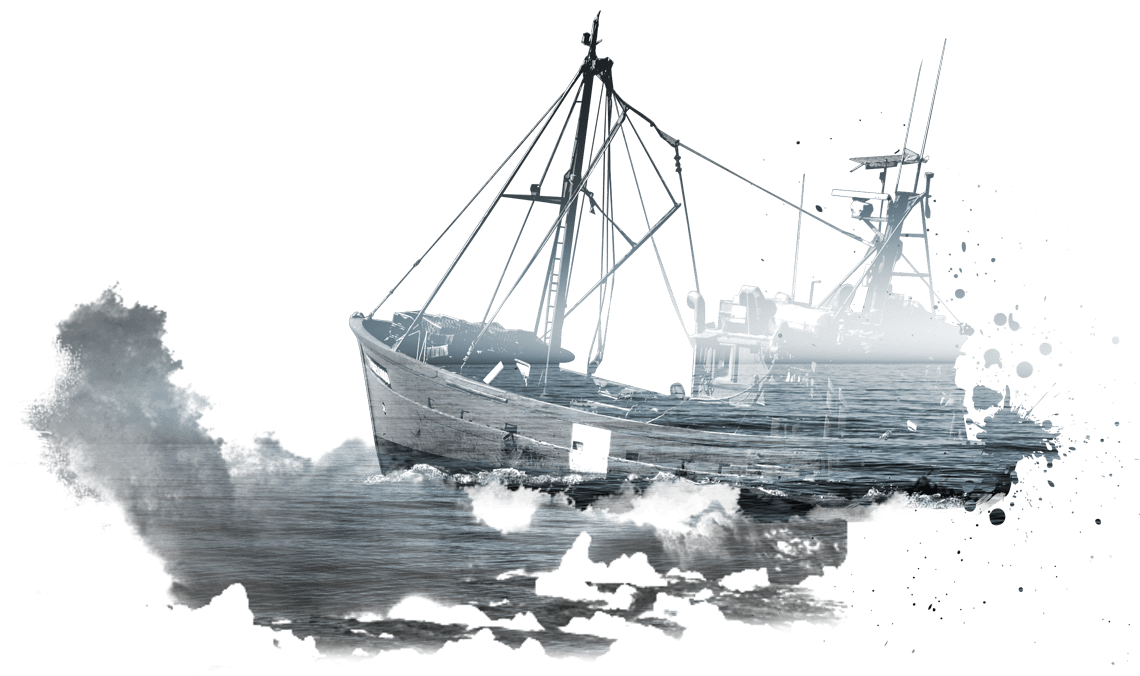THREATS
The Patagonian Sea is not pristine. It is exposed to all types of threats caused or aggravated by human activities.
© Pablo Bordino – AquaMarina
Numerous introduced species are exerting a negative impact both on native species and on the ecosystem functioning.
Aquaculture is mainly based on introduced species, and a short-term expansion of the activity is projected.
Coastal cities often discharge untreated or deficiently treated urban wastewater directly into the sea.
Unsustainable and illegal fishing, excess fishing capacity, the discard of noncommercial species and sizes, the by-catch of seabirds, mammals and marine turtles, as well as dozens of species of invertebrates, and the entanglement of marine mammals in fishing gear, are just a few of the serious problems that threaten the abundance and diversity of species, as well as the economic potential of the Patagonian Sea.

© Pablo Bordino – AquaMarina
Some species and populations are at risk.
All species of marine turtles and a growing number of sharks and ray-fish face a high probability of local extinction if the threats are not mitigated.
The Magellanic penguin, that supports an important volume of nature tourism activities in some coastal areas, is the species most affected by accidental oil spills and chronic hydrocarbon pollution.
Albatrosses (and some petrels) are particularly affected by fisheries’ by-catch.
Marine birds and mammals are exposed to growing risks that are aggravated by human activities, and epidemic diseases that can lead to massive die-offs.
An integrated model is needed to provide an evaluation of the relative value of the Patagonian Sea goods and services for the regional economy.


© Leo Tamini. Aves Argentinas

© Leo Tamini. Aves Argentinas
The current use of the sea, that is harming the diversity and abundance of marine life, yields benefits for very few.
However, the system’s ecological services have never been calculated in economic terms, despite their enormous relevance and potential benefit for generations of regional and global populations.
